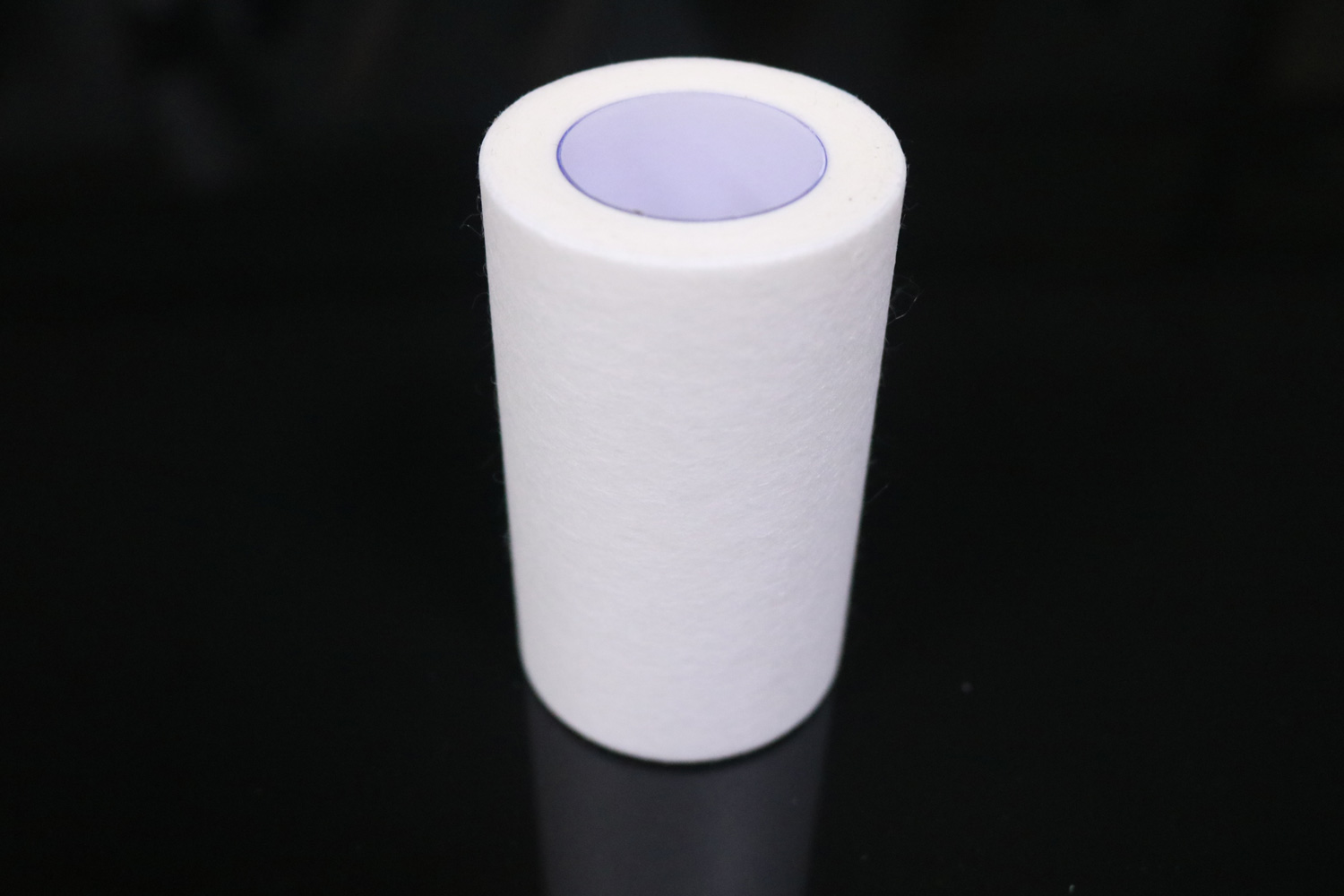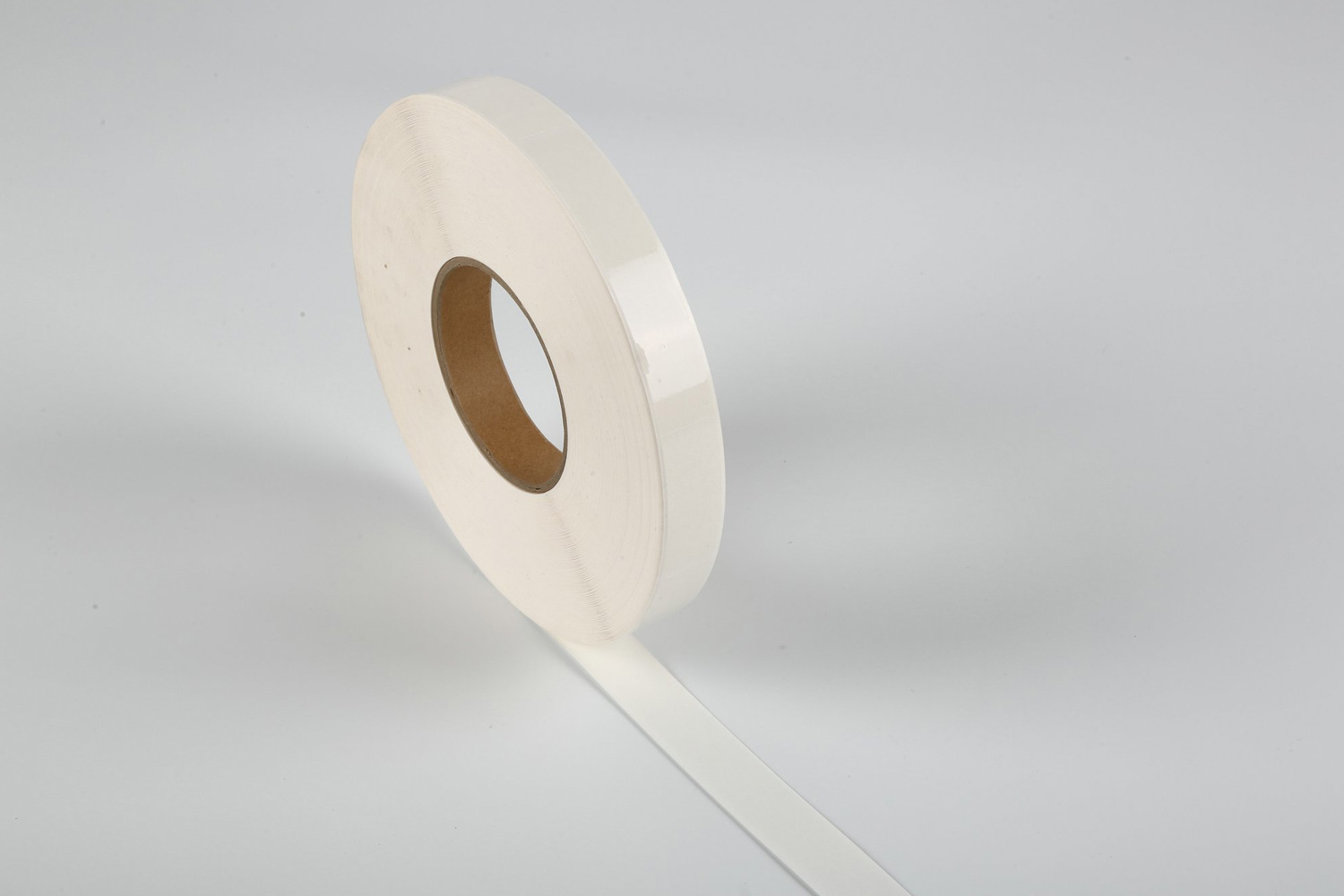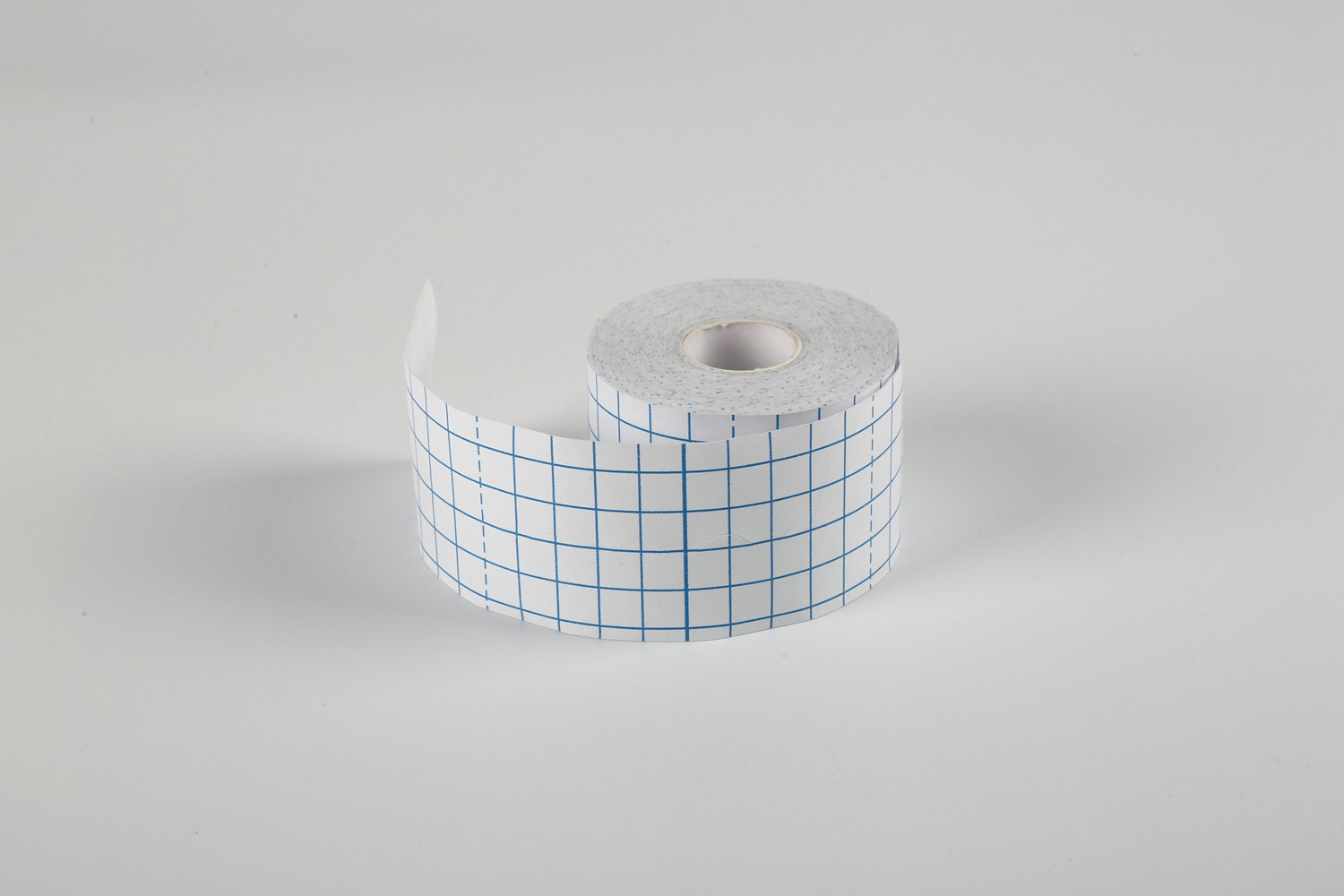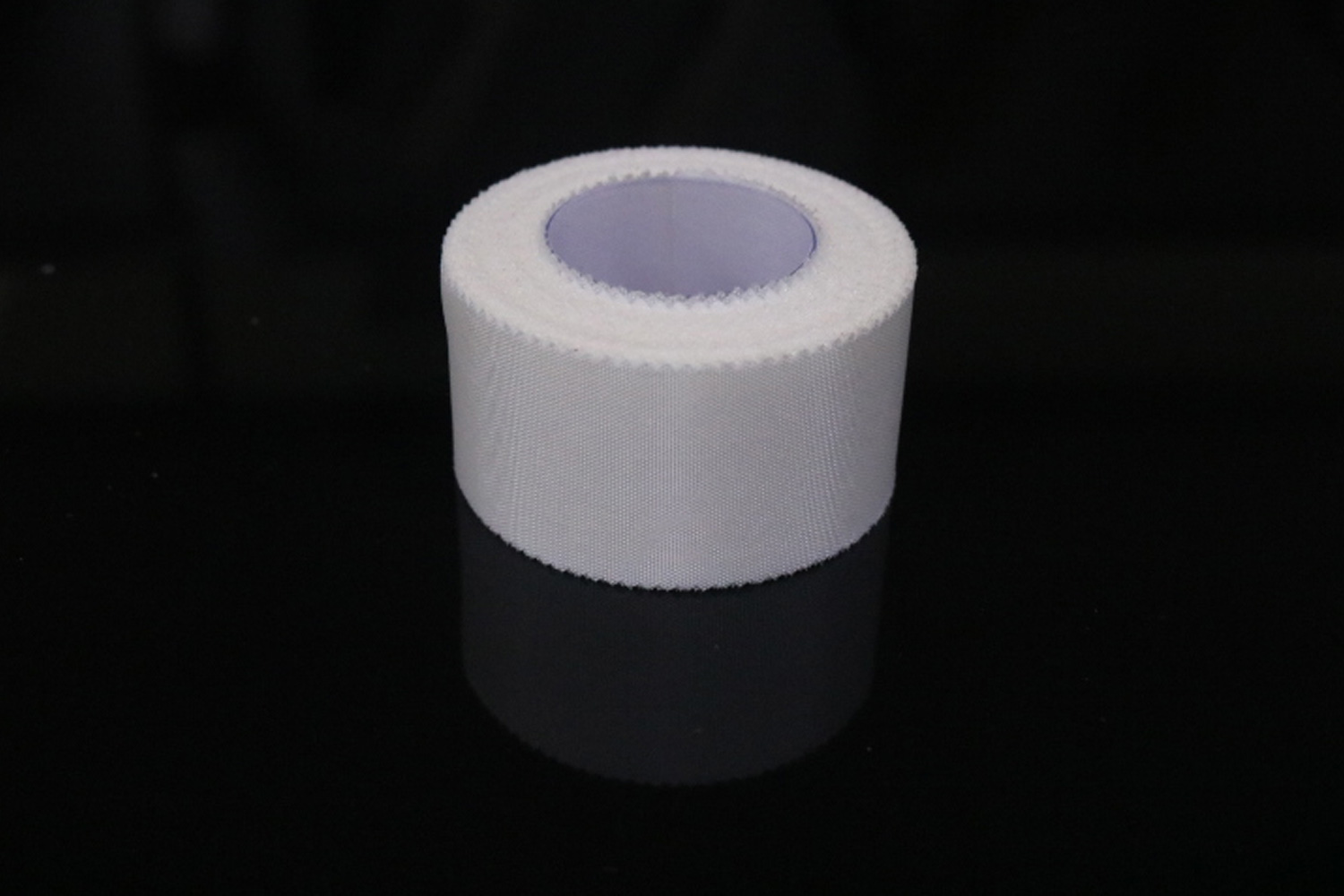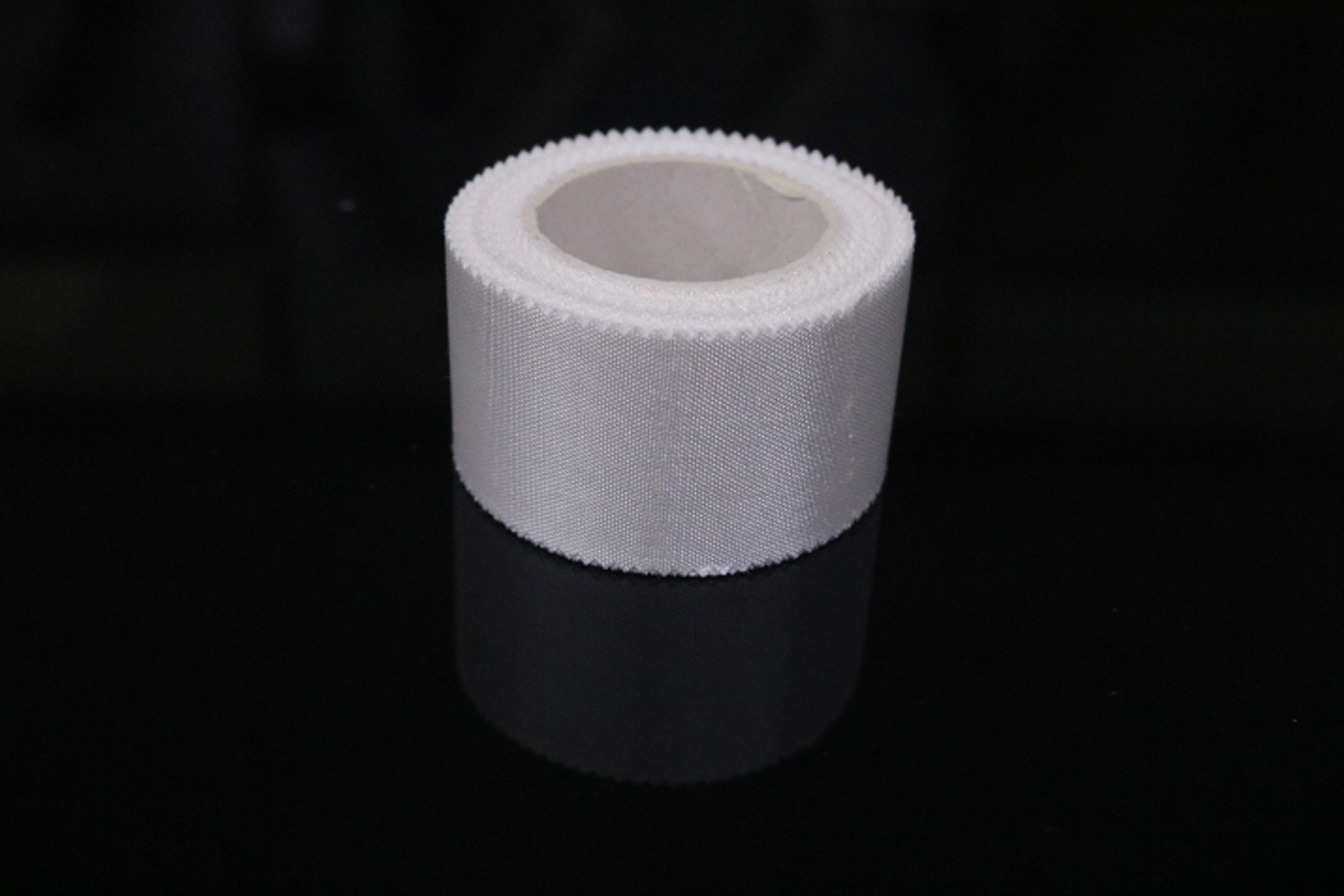Fabric Medical Tape
Flexible fabric medical tape, air-laid nonwoven paper material
Latex-free causes no latex induced allergic reactions
Flexible fabric medical tape is hypoallergenic
Good air permeability
Fabric first aid tape is soft and comfortable
Fabric surgical tape is easy to hand tear
Different types of surgical tape are provided, you can have a look here.
Fabric Medical Tape is a flexible, breathable adhesive designed for secure wound dressings and bandages. Fabric Medical Tape is made of soft, durable fabric that sits comfortably against the skin while allowing for optimal movement. Ideal for sensitive skin, it provides a reliable hold without irritation, making it perfect for use in hospitals, clinics, or at home. This medical tape is easy to apply and remove, offering a gentle yet strong adhesion for various bandaging needs.



